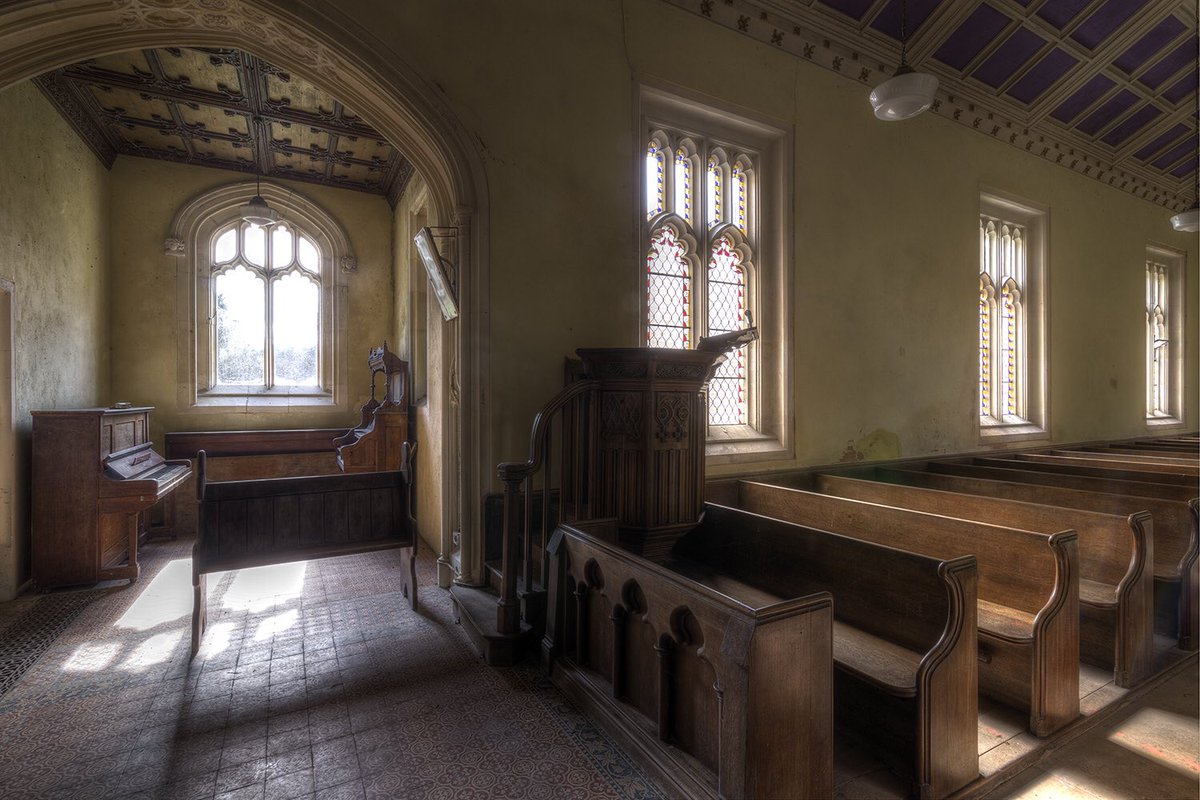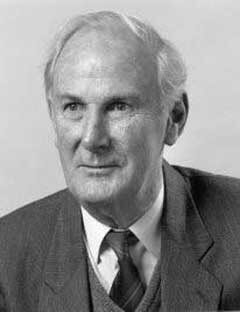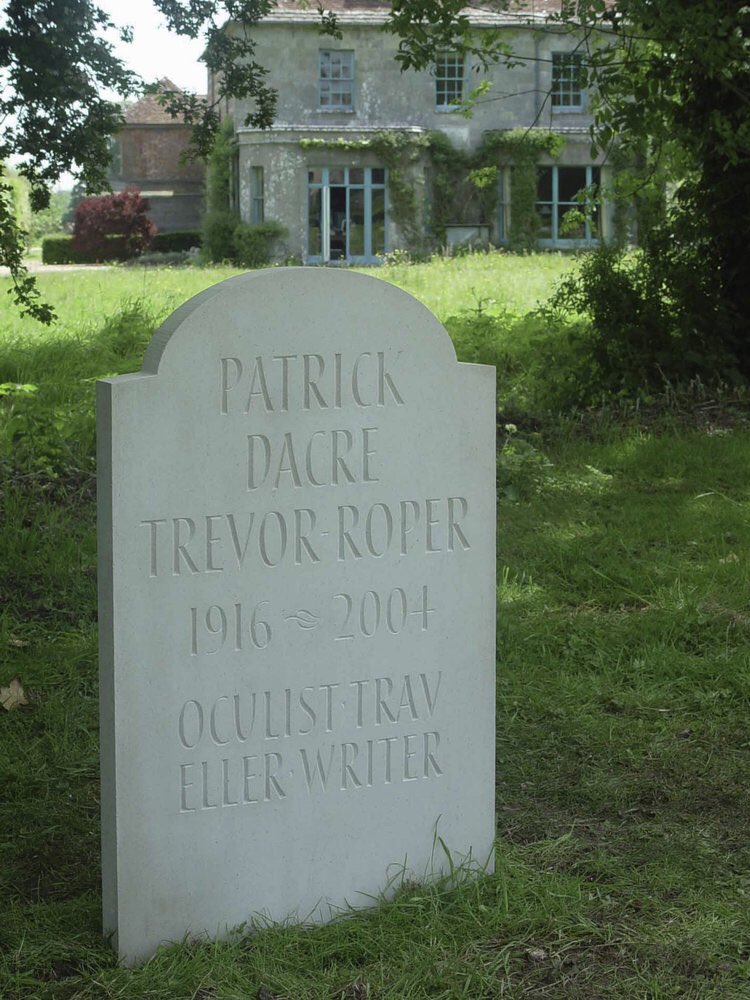Long Crichel is a small and rather sleepy village in the Cranborne Chase. Shockwaves must have rippled through its country lanes in 1945, when a group of artists, critics, authors and gay rights activists moved in to the Long Crichel House… right next to the church.
#thread
#thread
Long Crichel House had been the church rectory until 1945 when it was sold to music critic and novelist, Eddy Sackville-West; his partner, music critic, Desmond Shawe-Taylor and Edward Eardley Knollys of the Bloomsbury Set. Soon literary critic, Raymond Mortimer joined them.
2/7
2/7
The new owners of Long Crichel House had a wide circle of creative and influential friends who would meet here. The house – and village - became a retreat for like-minded people, including writers, composers, poets, artists and actors.
3/7
 https://abs.twimg.com/emoji/v2/... draggable="false" alt="📸" title="Kamera mit Blitz" aria-label="Emoji: Kamera mit Blitz">: Eddy Sackville-West, @NPGLondon
https://abs.twimg.com/emoji/v2/... draggable="false" alt="📸" title="Kamera mit Blitz" aria-label="Emoji: Kamera mit Blitz">: Eddy Sackville-West, @NPGLondon
3/7
Eardley Knollys was a leading light in the National Trust; he and the distinguished writer, James Lees-Milne, effectively ran @nationaltrust south-west operations from Long Crichel.
4/7
4/7
Patrick Trevor-Roper, the prominent eye surgeon, shared Long Crichel House as his home. He was a pioneer of gay rights and gave evidence to the Wolfenden Report, which resulted in 1967 in the decriminalisation of gay sex for those over 21.
5/7
5/7
Trevor-Roper was also instrumental in the creation of @THTorguk , the UK’s leading AIDS organisation. He is buried in the churchyard at Long Crichel.
6/7
6/7

 Read on Twitter
Read on Twitter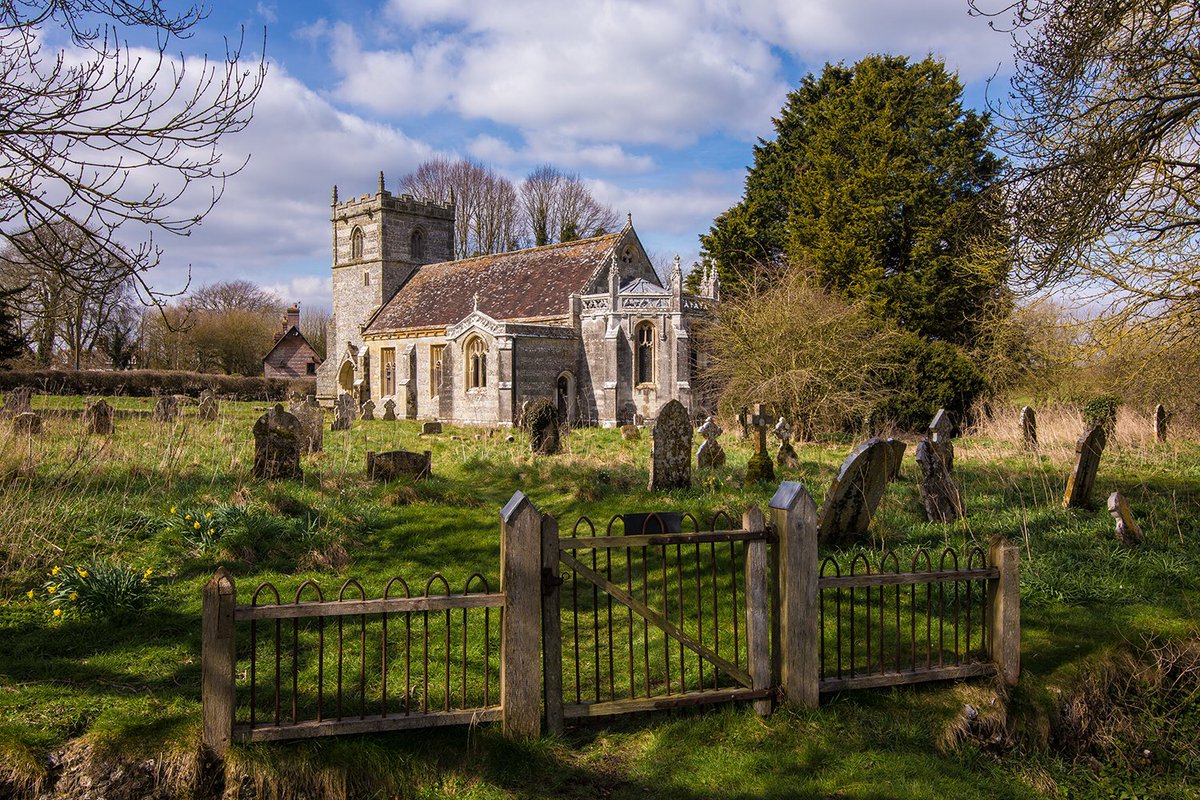

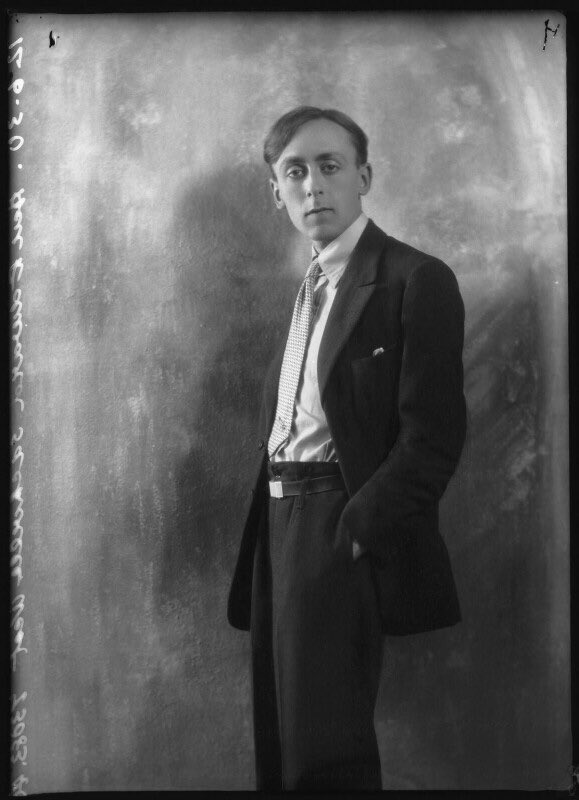 : Eddy Sackville-West, @NPGLondon" title="The new owners of Long Crichel House had a wide circle of creative and influential friends who would meet here. The house – and village - became a retreat for like-minded people, including writers, composers, poets, artists and actors.3/7https://abs.twimg.com/emoji/v2/... draggable="false" alt="📸" title="Kamera mit Blitz" aria-label="Emoji: Kamera mit Blitz">: Eddy Sackville-West, @NPGLondon" class="img-responsive" style="max-width:100%;"/>
: Eddy Sackville-West, @NPGLondon" title="The new owners of Long Crichel House had a wide circle of creative and influential friends who would meet here. The house – and village - became a retreat for like-minded people, including writers, composers, poets, artists and actors.3/7https://abs.twimg.com/emoji/v2/... draggable="false" alt="📸" title="Kamera mit Blitz" aria-label="Emoji: Kamera mit Blitz">: Eddy Sackville-West, @NPGLondon" class="img-responsive" style="max-width:100%;"/>
